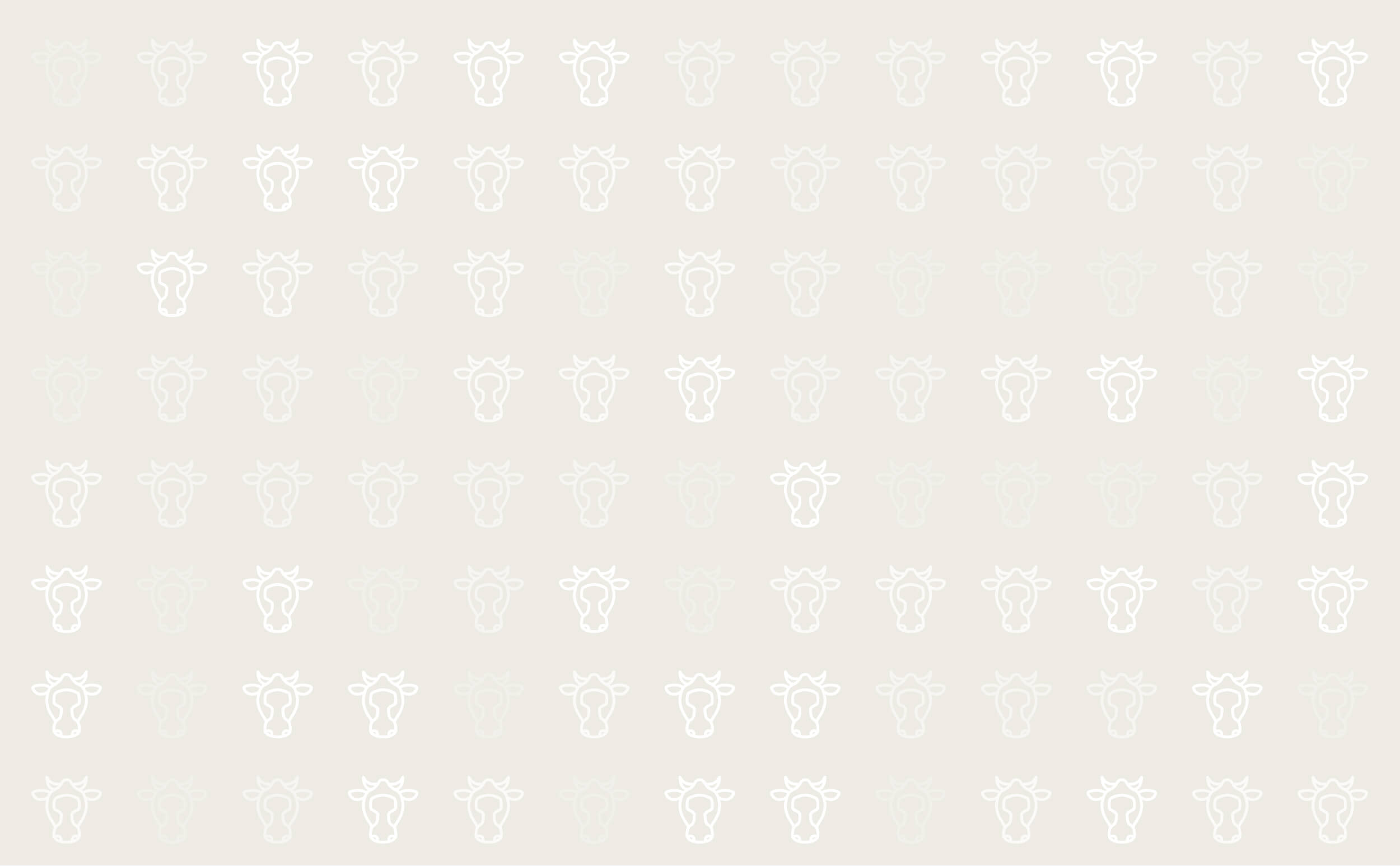



Vibriosis (Campylobacter infection)
Vibrosis is an important infectious venereal disease of cattle. It is a cause of infertility and abortion.
Cause
Vibriosis is caused by the bacterium Campylobacter fetus and is spread by infected bulls when they mate susceptible cows and heifers.
Once infected, a bull remains an asymptomatic carrier of the condition. Non-venereal transmission of campylobacteriosis is unlikely to occur.
When introduced to a herd, the disease spreads rapidly, as cows and heifers in such herds have no immunity. Conception rates can then drop to around 40 per cent. As immunity develops, the disease rate drops, but reinfection often occurs because immunity normally wanes about a year after the initial infection.
Conception rates in these chronically infected herds are usually between 65 per cent and 75 per cent, with replacement heifers typically the most severely affected. Infertility normally occurs from an infection in the uterus after the heifer has mated with an infected bull.
This infection can prevent the implantation of a fertilised egg, or more commonly results in the loss of the developing embryo in the uterus. When this happens, the animal usually returns to oestrus, but often with prolonged and irregular cycles.
By this time, immunity against the disease has normally developed, and re-mating can result in pregnancy. Occasionally the disease results in permanent infertility.
Symptoms
Identifying vibriosis is difficult because of the absence of clinical signs. The disease is insidious and often remains unrecognised in herds, causing continuing production losses.
- Abortion
- Poor conception rates
- Long calving interval
- Uterine infection
The disease is confirmed by measuring antibodies in the vaginal mucus of infected cows and heifers.
Bulls can also be tested for the presence of infection, though it is not always reliable.
Treatment
Where available, all breeding animals can be vaccinated to eliminate the disease from an infected herd. In many instances vaccinating and treating only the
bulls can break the transmission cycle, with the
disease gradually dying out in the herd.
Natural immunity will eliminate the disease from the herd, however replacement heifers will still remain at risk.
Prevention
Bulls can be vaccinated annually against the disease. Vaccinations are also available for cows and makes the animal highly resistant to infection.
Biosecurity and screening of bulls bought in can help identify the disease. If a bull has to be bought the best policy is the younger the better. If you have to buy in a mature bull, treat it with antibiotics before it is used to mate cows and use it on a small number of cows only so that its fertility can be monitored before it is used for service in the main herd.
Vaccination is not available in all countries.

